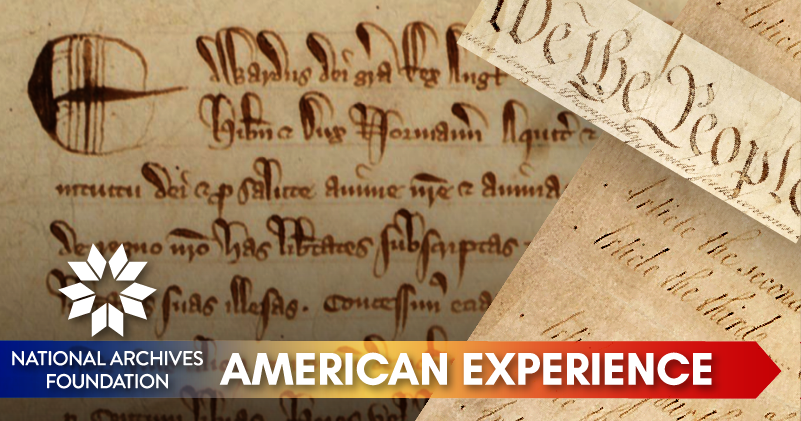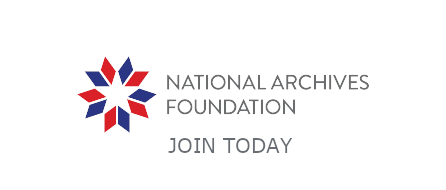Archives Experience Newsletter - June 22, 2021
A Long Legacy of 40 Barons
June 15th of this year marked the 806th anniversary of the day when 40 barons forced King John of England to affix his seal to the Magna Carta, the landmark document that enshrined certain rights and protections for all free Englishmen. The barons were fed up with John’s inept military endeavors and his attempts to tax them to bankroll those efforts. They insisted that their rights be codified and endorsed by the monarch. The document underwent a series of modifications before the barons and the king issued the final version on June 19, 1215.

Records of Rights Exhibit
Since that time, the Magna Carta has influenced ideas about human rights in many cultures, not the least in the United States, where its principles underpinned the ideals asserted in the Charters of Freedom—the Declaration of Independence, the U.S. Constitution, and the Bill of Rights. The Record of Rights, a permanent exhibition at the National Archives, has on view one of four originals of the 1297 Magna Carta, which is the version that was entered in the official Statue Rolls of England. The document is on loan to the National Archives from David M. Rubenstein, and is displayed in the gallery that bears his name.

Patrick Madden
Executive Director
National Archives Foundation
A Revolution on Paper
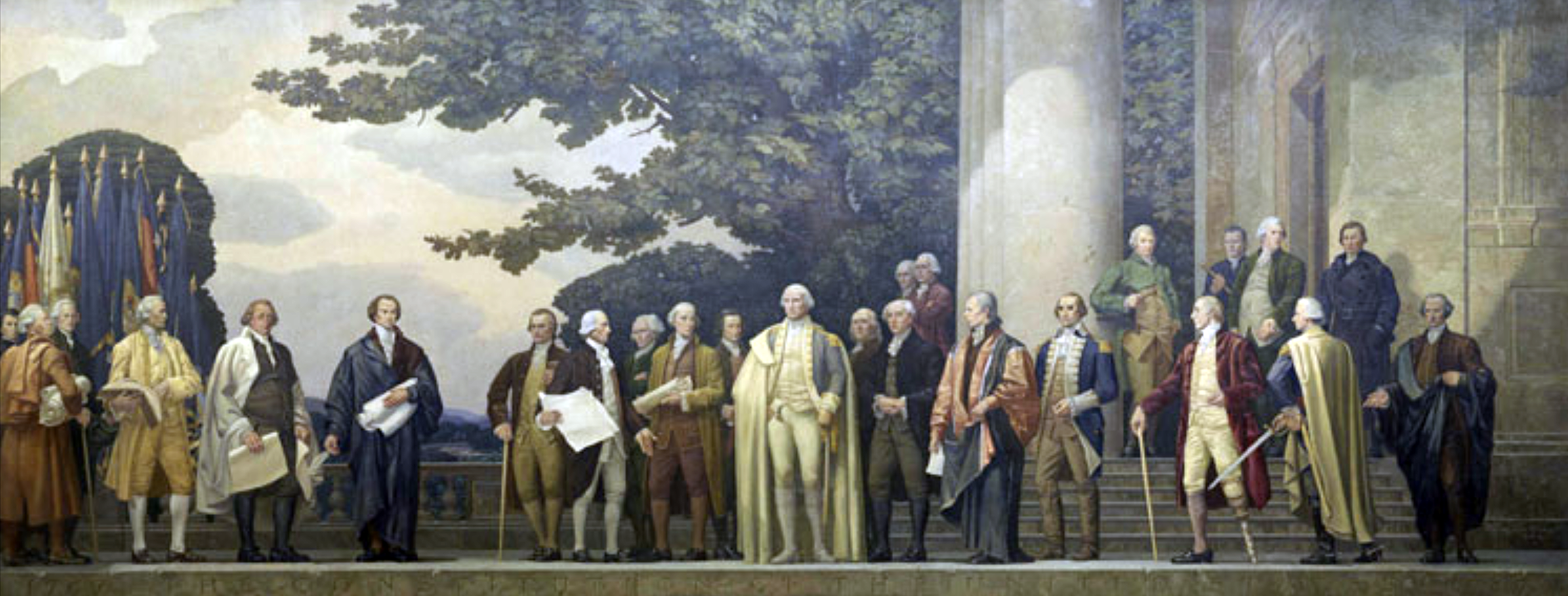
The Magna Carta was written more than 500 years before the Declaration of Independence and the Constitution of the United States, but the rights set out in the English document profoundly affected the ideas that gave birth to the American Revolution.
Many of the Founding Fathers had studied law, specifically the work of Sir Edward Coke (1552–1634), whose four-volume Institutes of the Laws of England was often the backbone of legal education in the British colonies in North America. Coke, who served as attorney general for Queen Elizabeth I and Chief Justice under James I, was largely responsible for championing the importance of the Magna Carta in English law. His ideas about rights and protections profoundly influenced the framers of the Declaration and the Constitution.
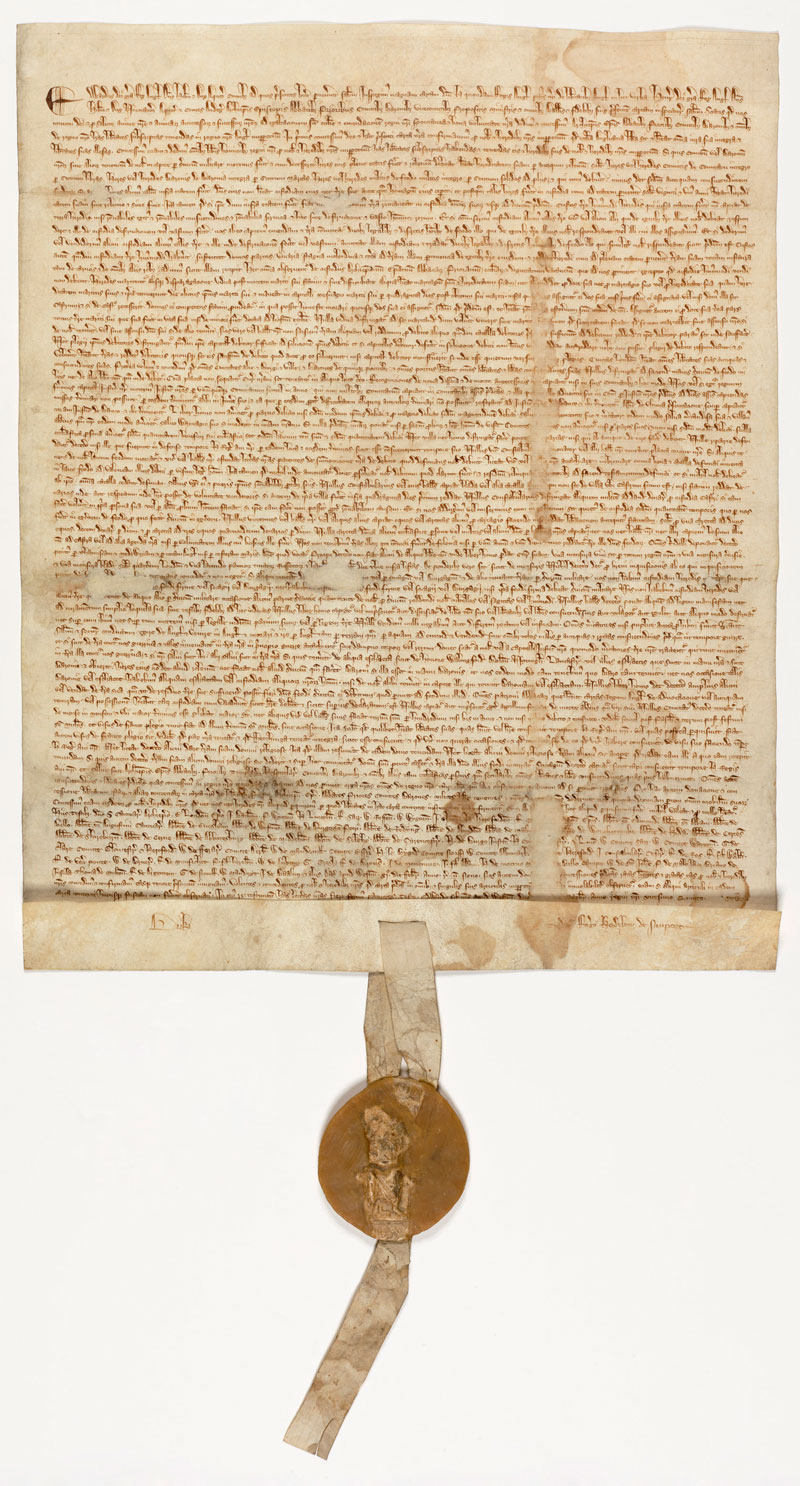
Reading Your Rights
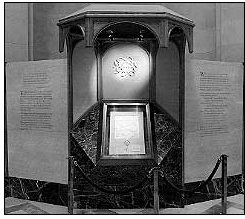
Magna Carta Translation
After King John and his barons finally agreed upon the wording of the Magna Carta, the document was written in Latin on parchment as a permanent record. At the time, Latin was the dominant language throughout the Western world because it was the language of the church, but it has long since fallen into disuse. Consequently, you may not have had occasion to read the Magna Carta for yourself.
This translation of the Magna Carta may surprise you—the document includes not only the concepts of trial by jury and no taxation without representation (sound familiar?)
The document itself is based on four key principles that have stood the test of time:
- Nobody, not even the monarch, is above the law
- No one can be detained without cause or evidence
- Everyone has the right to trial by jury
- Widows cannot be forced to remarry and giup their property (this was a major first step for women’s rights!)
The Magna Carta: The First Influencer
Source: NARA’s DocsTeach
It is commonly stated that the rights delineated in the Magna Carta informed the language in the Bill of Rights. But how closely do they really align?
DocsTeach, an online teaching resource developed by the Education Division of the National Archives, is designed to help teachers educate students about how to read and analyze historic documents. One extensive activity is a comparison of the Magna Carta, the English Bill of Rights, and the U.S. Bill of Rights. Take a look at some of the activities to gain greater insights into the differences and similarities between these three seminal documents.
Test Your Knowledge!

The history of the National Archives Building itself is as interesting as the record it holds. Are you a budding researcher, archives historian, or expert archivist?
Forever Young 🎶
Because they were often written on fragile materials, like paper or parchment, important documents must be displayed under precisely regulated conditions, including temperature and humidity controls and limited exposure to light. Sometimes, painstaking repairs are required as well.
The 1297 Magna Carta on display in the National Archives is written on parchment. In 2011, it underwent significant conservation treatments that included removing old repairs and examining an area on which the writing had been washed away by some kind of spill. To get a feel for this important work, check out this video of the conservation process.
Magna Carta Conservation Treatment
(5 minutes 56 seconds)
Source: NARA YouTube Channel






